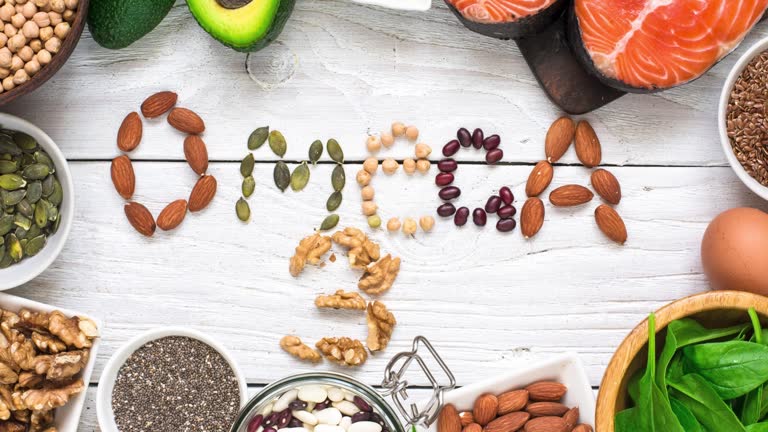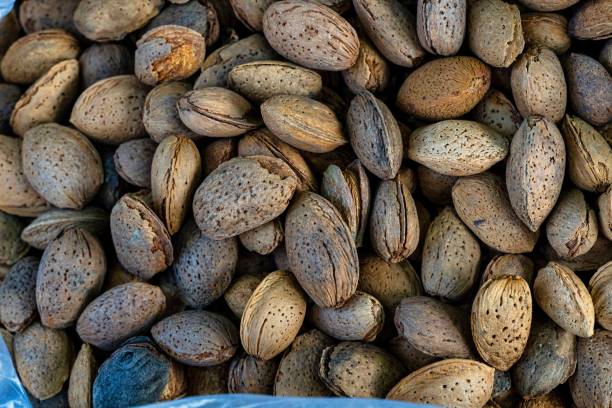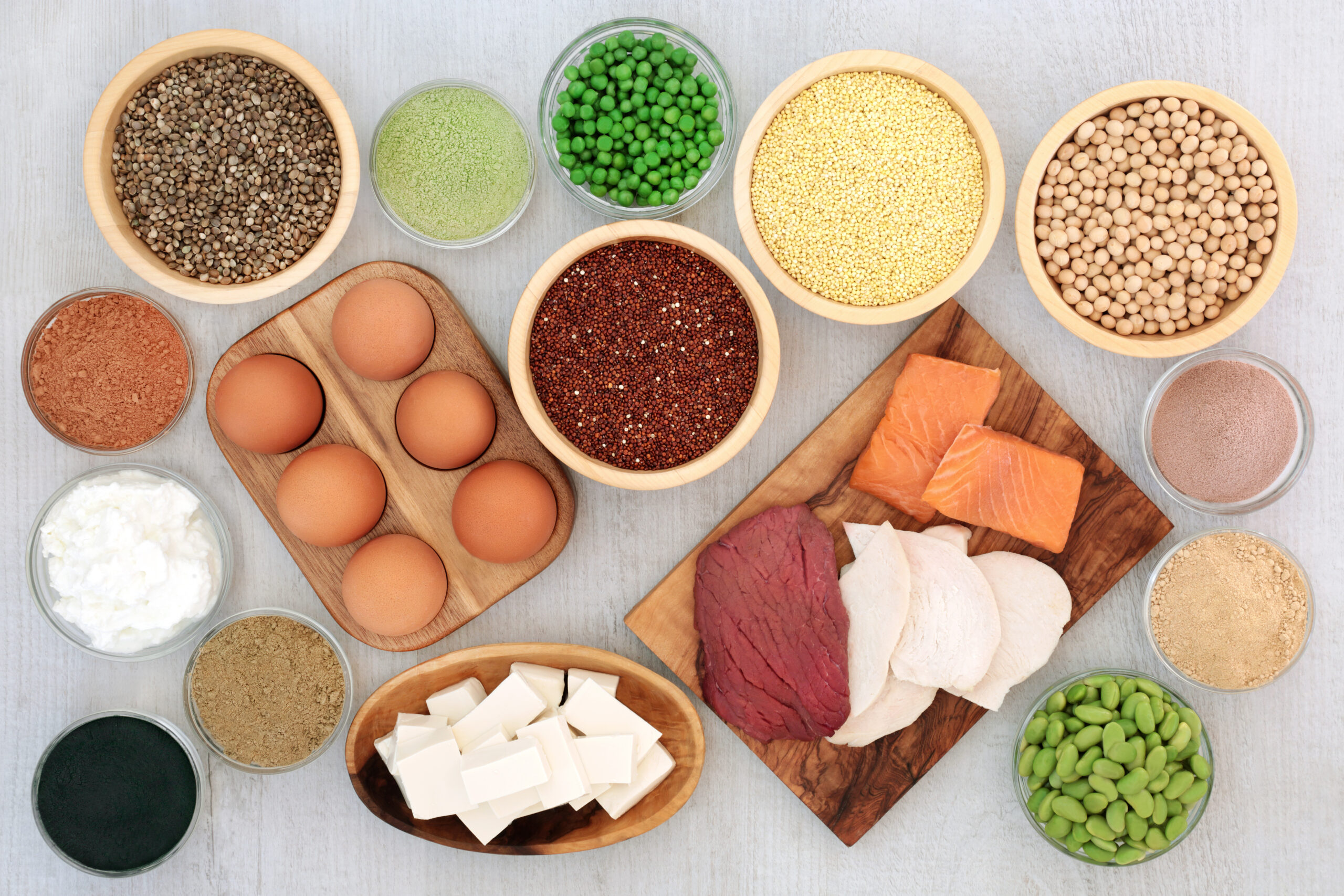Now more than ever is the time to adopt a thrifty healthy diet, in a world where the cost of food seems to inch upwards every day! An important part of any healthy eating plan is ensuring you’re eating enough protein, the key ingredient in muscle recovery, immune health, and overall wellness. However, buying a bulk quantity of high-quality sources of protein, such as steaks, chicken breasts, or fish, can quickly get expensive. Luckily, there are numerous Cheap Protein Sources that you can include in frugal meals without leaving behind nutrition. We will talk about the high-value options that will help you save some bucks while providing your body with healthy energy.
Why Protein Is an Extremely Important Macro to Have in Your Diet ?
Protein is one of the three macronutrients and is found in every cell of your body. It plays a crucial role in your body, being responsible for building and repairing tissues, supporting immune function, and creating important enzymes and hormones. But regardless of who you are — whether you want to build muscle mass, lose weight, or simply eat healthfully — ensuring that you are consuming enough protein is of the utmost importance.
This has driven many people towards a “high protein diet”, often relying on expensive meats or pre-packaged protein powders. However, spending more doesn’t always guarantee better results—especially if your choices aren’t aligned with your actual nutritional needs.

Beans and Lentils: A Healthy Foundation for Many Meals
Beans and lentils are of the best Cheap Protein Sources you can work into your meals. They’re absurdly cheap, especially if you get them dried in bulk. One cup of cooked beans or lentils is 15–18 grams. They’re also high in fiber which is great for digestion and will keep you fuller longer.
How to Use:
Beans and lentils can go into soups, stews, and salads, or serve as the base for veggie burgers. They can easily be incorporated into most meals, which provide versatility with your weekly meal prep.
The Handbook Protein Powerhouse Egg
Eggs are one of the most nutrient-dense and least costly protein sources. They’re also packed with high-quality protein, about 6 grams per egg. And beyond protein, eggs are packed full of other important nutrients, like vitamins D and B12, and healthy fats. Scrambled, boiled , or poached, eggs can be breakfast, lunch, or dinner.
How to Use:
Add them to omelets, salads, and sandwiches, or serve on top of grains like rice or quinoa. If you want to stick to a budget, you can get eggs in bulk by the dozen and if you have access to a local farmer, you might save even more.
Peanut Butter: Protein Packed, Taste Good
Peanut butter is an inexpensive source of protein often overlooked. A serving of peanut butter (approximately 2 tablespoons) has about 8 grams of protein. Not only is it inexpensive, but it’s so tasty and a great way to add more protein to your meals. If you choose peanut butter, pick a natural one without added sugars or unhealthy oils.
How to Use:
Spread on whole-grain toast, mix into smoothies, or use to dip fruits and vegetables (think apple slices and celery). Peanut butter is also a popular ingredient in no-bake protein balls or energy bars that you can make in advance to use as snacks throughout the week.
Tofu & Tempeh: Budget-Friendly Plant Proteins You’ll Love
If you’re looking to add more plants to your diet, or are trying to eat less meat: tofu and tempeh are great, delicious and inexpensive Protein Sources! Tofu’s versatility makes it a great addition to both sweet and savory dishes. Tempeh, made from fermented soybeans, packs even more protein per serving than tofu. And don’t forget pumpkin seeds—they’re another nutrient-rich option!
How to use:
Tofu can be grilled, stir-fried or blende into smoothies. Tempeh can also just be sliced and tossed into stir-fries or salads, or used as the basis for sandwiches. Both are widely available at most grocery stores and are less expensive than most meat substitutes.
Dairy protein of choice: cottage cheese.
Affordable and packed with protein, cottage cheese is a nutritional powerhouse. Low-fat cottage cheese, which contains about 25g of protein per cup, is one of the most protein-rich dairy foods available. It is high in calcium and low in fat, depending on which variety you choose.
How to Use:
Cottage cheese is a standalone food or can be added to fruit, nuts or seeds for an easy snack. It also can be added into savory dishes, such as lasagna, or used as a creamy topping for baked potatoes and toast.
Tuna: A cheap and easy protein:
Canned tuna is one of the least expensive proteins you can buy, and also one of the most practical. Tuna, with around 25 grams of protein per can (roughly 5 ounces), is easy to build a meal around quickly. It’s also high in omega-3 fatty acids, which promote heart health.
How to Use:
Stir it into pasta for a quick meal. It’s also great for making tuna patties or mixing with mayo and relish for a tasty tuna toast — perfect for a snack or a light lunch.
Chickpeas: A Protein-Fiber Power Couple
Chickpeas, and their other name, garbanzo beans, are another good way to go for low-price protein. One cup of chickpeas has around 15 grams of protein and tons of fiber, which aids in digestion and also keeps you fuller, longer. They’re also rich in iron and foliate.
How to Use:
Chickpeas can go in everything from hummus or salads, to curries, or you can just toss them with oil and seasoning and roast them for a crunchy snack. They can also be stirred into soups and stews, or ground into veggie burgers.
Greek Yogurt: A Protein-Packed Dairy Essential
Greek yogurt is another dairy food that’s high in protein. It’s thicker and creamier than regular yogurt and has around 20 grams of protein per cup. It’s also high in probiotics, which are good for gut health. When selecting Greek yogurt, opt for the unsweetened varieties, as sweetened varieties typically contain added sugars.
How to Use:
You can eat Greek yogurt as a snack with some fruits, nuts or honey. It can also be added to smoothies, baked goods, sauces and salad dressings.
Quinoa : A Complete Protein Grain
Quinoa is a whole grain, and unlike most, it is a complete protein, which means it has all nine essential amino acids. It’s a little costlier than rice or pasta, but affordable enough for anyone who is looking for a plant-based, complete protein. A cooked cup of quinoa packs about 8 grams of protein.
How to Use:
Enjoy it like rice and pasta, in salads and bowls, or as a side dish. It’s also fabulous in soups —or even as breakfast porridge with fruits and nuts mixed in.

Conclusions: Cheap Protein Sources
Eating balanced meals doesn’t have to be expensive. You don’t need to splurge on so-called ‘high-value’ protein sources to fuel your body. Instead, you can opt for budget-friendly options like beans, lentils, eggs, and peanut butter—they’re packed with the nutrients you need to reach your fitness goals. Skip the ultra-processed, sugar-laden carbs and pair these affordable proteins to create satisfying, nutritious meals that are as kind to your wallet as they are to your health.
FAQs about Cheap Protein Sources
Why is the cost of animal protein more expensive than plant protein?
Switching to plant-based protein sources, such as beans, lentils, and tofu, can be significantly more affordable than animal-based options like meat and fish. These plant-based alternatives are often just as nutritious, offering similar protein content at a fraction of the cost.
How can I ensure I’m getting enough protein on a budget?
One major key to getting enough protein on a budget is basing meals around Cheap Protein sources like eggs, beans, lentils, and peanut butter. Incorporating these foods into meals throughout the week, you can easily meet your protein needs while saving money.



There’s a poetic stillness in your prose that invites deeper contemplation and leaves a lasting impression.
Thank you so much Krajowe for your kind words. As a team, we pour a lot of care and intention into every piece we write. Knowing that our prose evokes reflection and leaves a lasting impression truly means a lot to us 🙂
Have a great day !